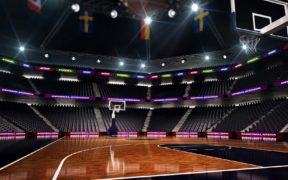Tag: Network Design

Forever on a quest to improve the accuracy of network predictions in our software, we recently released a new feature called “Body Loss Modeling.” With Body Loss Modeling, you can now account for the attenuation caused by bodies packed into a tight space together in your design – most useful for high-density venues like stadiums, […]

In this week’s Feature Spotlight blog I look at how to generate an automatic Design Plan with iBwave Wi-Fi. Why is this feature such a useful one? A few different reasons but ultimately, this feature does three things: 1) Gives you a single place to view and update your entire network design 2) Eliminates the […]

These days wireless technology is evolving at an exponential rate. New tech trends and gadgets enter the wireless market all the time. So, if you are an industry professional, in today’s dynamic tech environment simply getting a certification and staying put is not enough. To succeed you need to stay informed about the latest and […]
